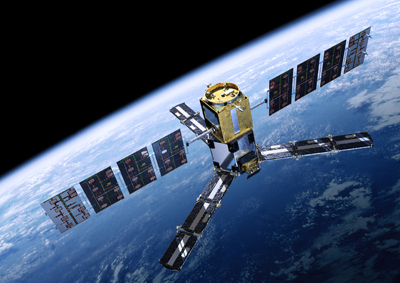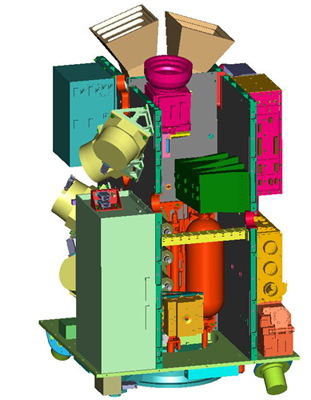Z
Zipi
Guest
Launch time: 01:50 GMT on 2nd (8:50 p.m. EST on 1st)
Launch site: Plesetsk Cosmodrome, Russia
A Eurockot Rockot vehicle will launch the Soil Moisture and Ocean Salinity satellite for the European Space Agency. The launch will also carry the Proba 2 microsatellite into orbit. SMOS will measure moisture in soils and salt content in oceans during its mission.

More info from ESA's pages: http://www.esa.int/esaCP/SEMTCIWVA1G_index_0.html
Live video stream will start about 30min before the launch: http://www.esa.int/esaCP/SEMCYXZRA0G_index_0.html
Also these direct stream links might work: (you probably have to copy & paste these to your media player)
WM: http://hwcdn.net/x4m9a8k3/wls/16673-esa_wm.asx
Flash: http://hwcdn.net/x4m9a8k3/fls/16793-esa_flv.smil

SMOS satellite has plenty of Finnish technology inside it, so I'm more than happy to see it fly.
Launch site: Plesetsk Cosmodrome, Russia
A Eurockot Rockot vehicle will launch the Soil Moisture and Ocean Salinity satellite for the European Space Agency. The launch will also carry the Proba 2 microsatellite into orbit. SMOS will measure moisture in soils and salt content in oceans during its mission.

More info from ESA's pages: http://www.esa.int/esaCP/SEMTCIWVA1G_index_0.html
Live video stream will start about 30min before the launch: http://www.esa.int/esaCP/SEMCYXZRA0G_index_0.html
Also these direct stream links might work: (you probably have to copy & paste these to your media player)
WM: http://hwcdn.net/x4m9a8k3/wls/16673-esa_wm.asx
Flash: http://hwcdn.net/x4m9a8k3/fls/16793-esa_flv.smil
SMOS satellite has plenty of Finnish technology inside it, so I'm more than happy to see it fly.





